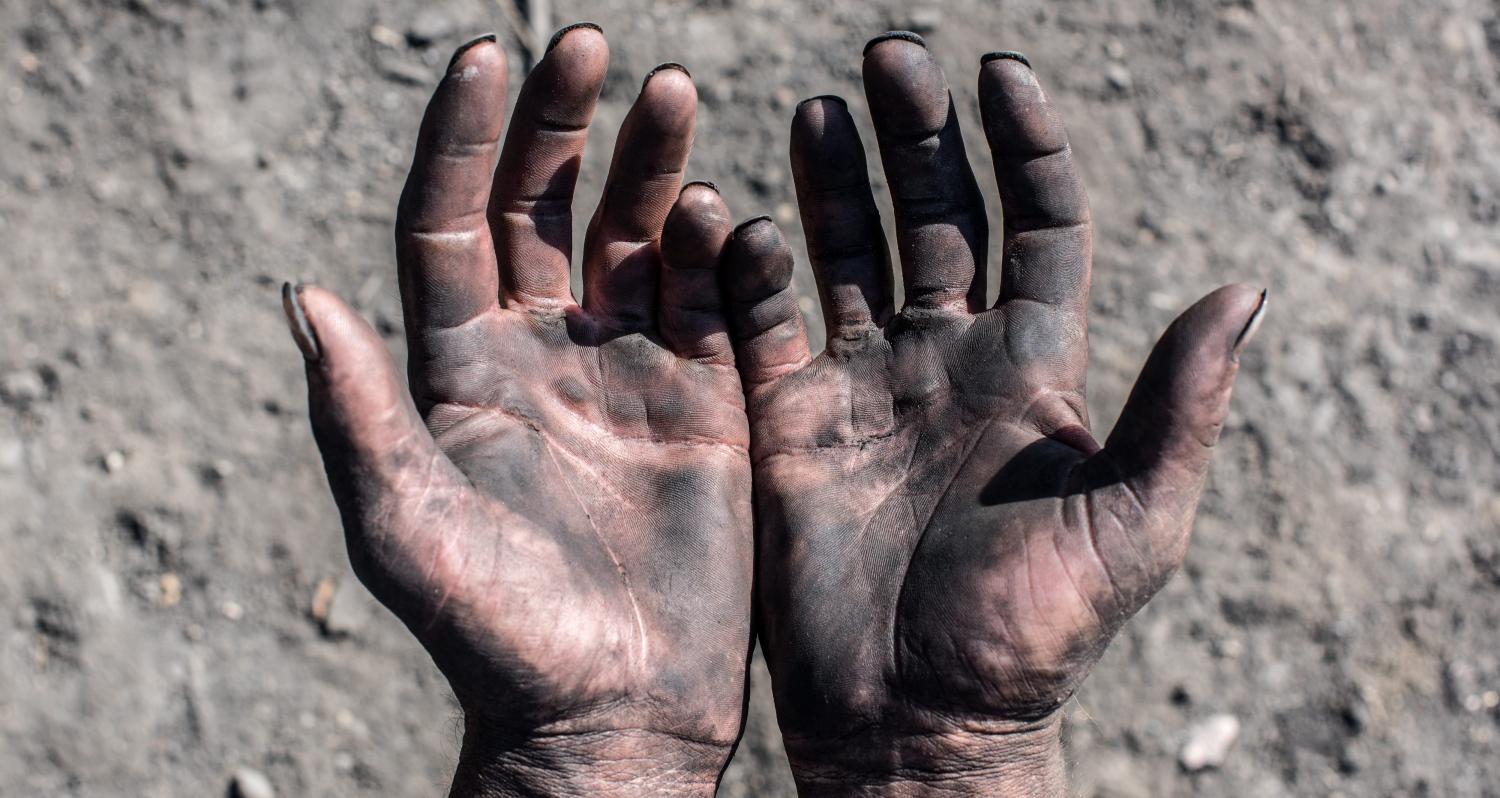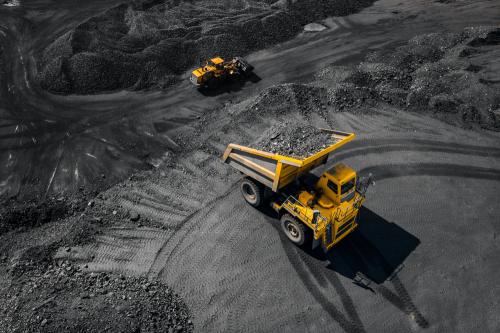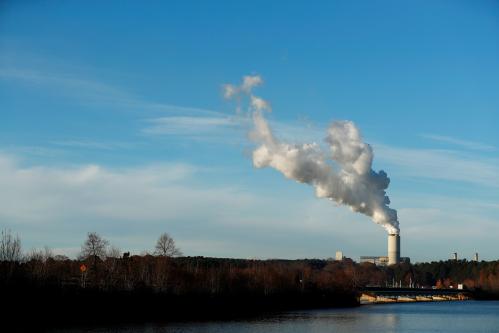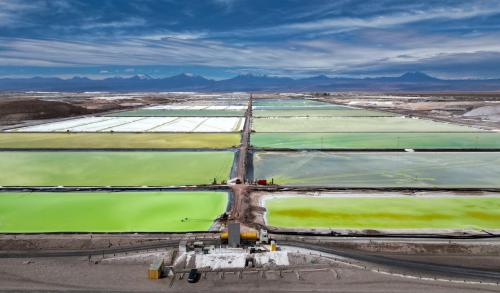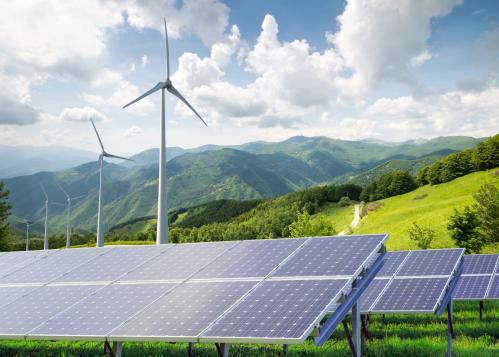Since its peak in 2008, U.S. coal production has fallen by over half. The industry is leaving a scarring legacy on the land and in the lungs of miners. More than ten percent of coal miners with 25 or more years’ experience in underground mines have coal workers’ pneumoconiosis, or black lung disease. Mysteriously, even as coal production has declined, coal miners in central Appalachia have suffered an unprecedented surge in the ailment; as many as one in five have the telltale shadowy chest x-rays.
By law, coal mine operators must provide disability benefits to injured workers, but when there’s none left to pin down—including as a result of bankruptcies designed precisely to shirk those responsibilities—the federal government takes over. Between 2014 and 2016, for example, coal operator bankruptcies transferred about $865 million in benefit liabilities to the federal Black Lung Disability Trust Fund.
The trust fund primarily gets its revenue from a small excise tax on U.S. coal production. While in principle this revenue source makes sense, the fund has run a deficit since it was created in the 1970s. Even after $6.5 billion in debt forgiveness in 2008, compounding interest on the debt is creating more debt as far as the eye can see.
Black Lung Disability Trust Fund Debt to Treasury’s General Fund:
Actual and projected
Rising numbers of potential beneficiaries and the eroding economics of the U.S. coal industry make the fund’s fiscal outlook even bleaker than the General Accountability Office’s projections from 2018, shown above. In addition, recent research from Brookings projects that if the coal excise tax rate drops as scheduled next year and policymakers implement any climate program equivalent to a modest tax on carbon dioxide, black lung excise tax collections will collapse. Although Congress has authorized the Black Lung Disability Trust Fund to borrow from the Treasury’s General Fund indefinitely, that approach leaves black lung benefits vulnerable to the vagaries of federal budget politics. Reforming the system could ease the lives of disabled miners, make the program solvent, and distribute burdens fairly.
One top priority should be to fund and act on research to measure and explain the surge in disease. Some experts hypothesize that black lung is rising in connection with silicosis from the rock dust prevalent in underground mines with thinning coal seams. Also urgent is more vigorous oversight by the Department of Labor, which is responsible for ensuring that coal mine operators adequately prepare for their black lung liabilities. Congress should also reform the protracted and financially-conflicted system miners face in accessing benefits. Recent evidence shows that physicians’ likelihood of finding coal workplace illness disturbingly depends on who’s paying them.
To resolve the decrepit fiscal condition of the black lung program, policymakers could allow the Treasury to adjust the coal tax rate periodically to cover current and projected federal black lung expenses and gradually retire the trust fund’s debt. This would adapt the program to changing coal production levels and disease trends and keep the responsibility on coal companies. Further, mine operators would know that if they declare bankruptcy at one facility, the tax rate on their coal produced elsewhere will rise, reducing the incentive to restructure.
Soon, however, U.S. coal production may fall to levels insufficient to fund black lung benefits appropriately. As the coal industry’s dust settles, an obvious option that would serve multiple goals is a fee on the carbon content of all climate-damaging fossil fuels. If imposed economy-wide, a small fraction of a single year’s proceeds could fund robust benefits for coal miners and their families and retire the trust fund debt. It could also help coal-reliant areas cope with other costly legacies of the industry, such as abandoned mines and hollowed out revenue systems.
The Brookings Institution is financed through the support of a diverse array of foundations, corporations, governments, individuals, as well as an endowment. A list of donors can be found in our annual reports published online here. The findings, interpretations, and conclusions in this report are solely those of its author(s) and are not influenced by any donation.


